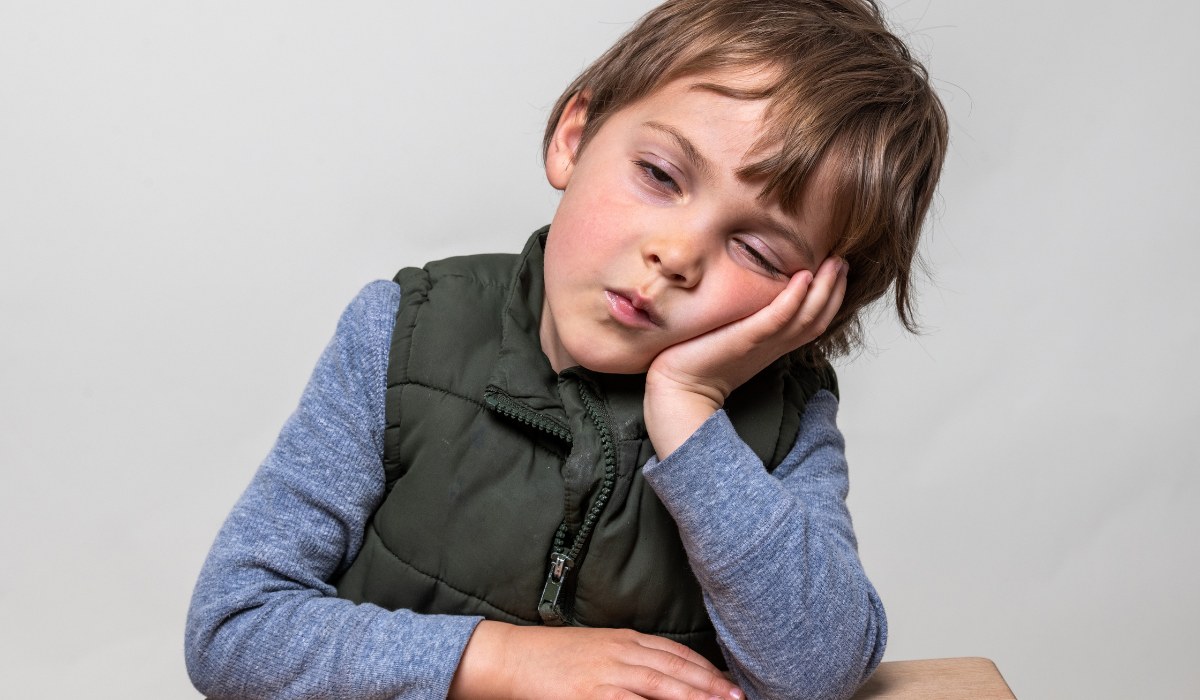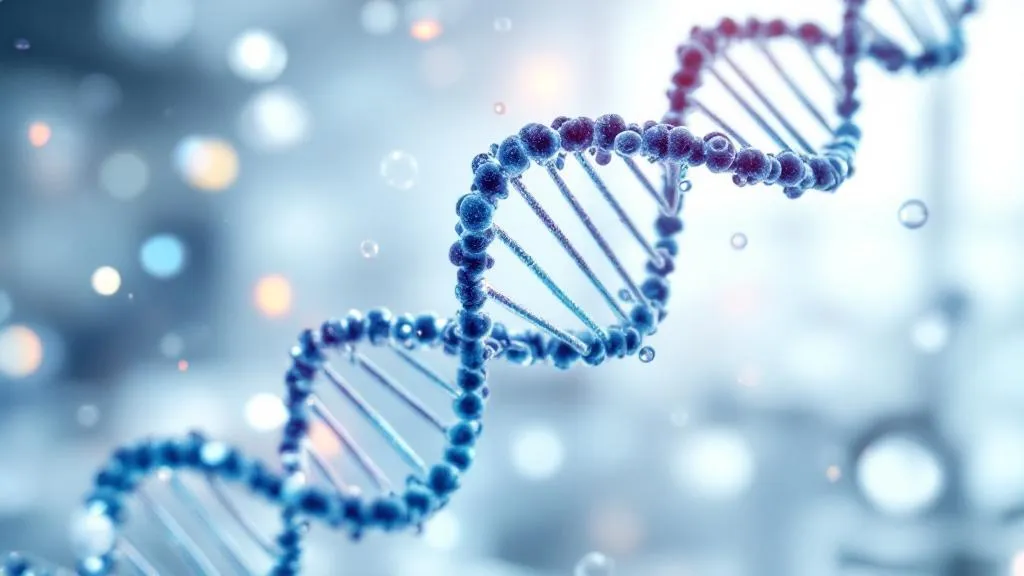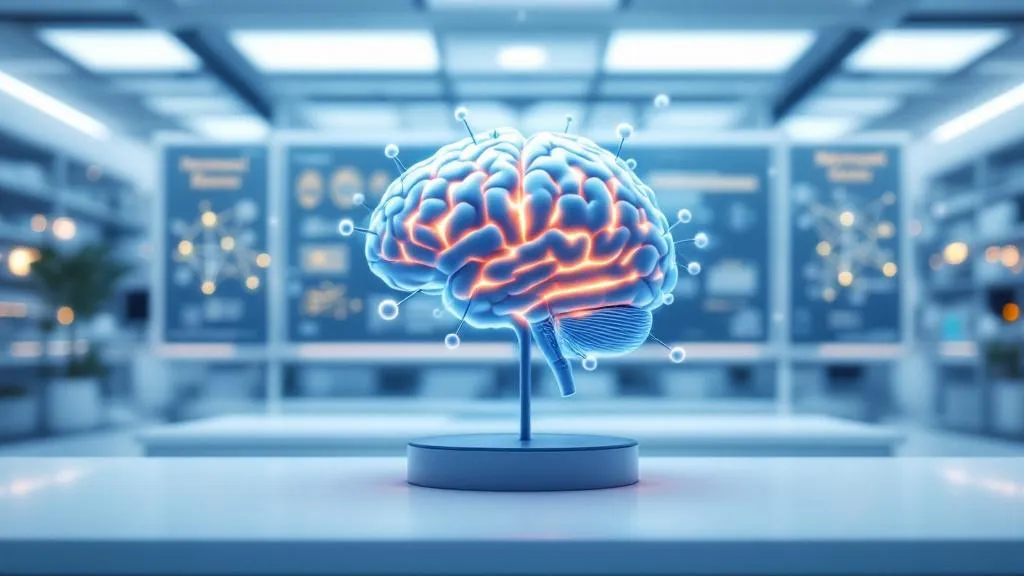Do Autistic People Know They're Autistic?
Unraveling Self-Awareness in Autism: Insights into Recognition and Understanding

Understanding Autistic Self-Awareness and Diagnosis
Autism spectrum disorder (ASD) is a complex, lifelong neurological condition characterized by diverse ways of thinking, feeling, and communicating. A central question often asked is whether autistic individuals are aware of their condition. This article explores the nuances of self-awareness, diagnosis, and societal perceptions, providing a comprehensive understanding of whether autistic people know they're autistic.
The Spectrum of Self-Awareness in Autism
What are the levels of self-awareness among autistic individuals?
Autistic individuals display a wide range of self-awareness about their condition. Some are highly aware of their autism and understand how it influences their thoughts, feelings, and behaviors. These individuals may actively seek diagnoses, participate in support networks, and use their knowledge to navigate daily life.
In contrast, others may have limited or no awareness of their autism. This lack of recognition can be due to various factors, including masking behaviors, limited exposure to information about autism, or developmental differences that make self-reflection more challenging.
Many autistic people who are aware of their condition report mixed feelings, including relief, validation, or even confusion, especially if their awareness develops later in life.
How does recognition of autism vary by age and gender?
Recognition patterns often differ with age and gender. Many children show early signs that prompt parents or caregivers to seek evaluation. However, some signs are subtle or atypical, leading to missed or late diagnoses.
In adults, especially women, autism can often go undiagnosed for years. Women may mask traits more effectively or hide signs to fit social norms, delaying self-recognition and diagnosis.
Older adults may only realize they are autistic after encountering information about autism or through reflections on their behaviors and social experiences.
What factors influence autism awareness?
Various elements influence how well individuals recognize their autism. These include personal traits, social environment, access to information, and societal attitudes.
- Masking and camouflaging behaviors can hide autistic traits, making self-awareness more difficult.
- Societal misconceptions and lack of awareness may prevent individuals from understanding their behaviors as part of autism.
- Support systems that promote open discussion about neurodiversity can encourage self-recognition.
- Genetic and biological factors can affect how individuals perceive themselves and process their experiences.
How does self-recognition impact autistic individuals?
Recognizing autism often leads to greater self-understanding and acceptance. It can empower individuals to seek appropriate support, therapies, and accommodations. For many, it fosters a sense of community and belonging.
Conversely, delayed recognition might cause feelings of confusion, frustration, or shame. The journey toward awareness varies individually but generally plays a crucial role in personal growth and well-being.
Understanding the diverse levels of self-awareness among autistic individuals is essential to providing supportive environments that foster acceptance, self-discovery, and empowerment for all.
Recognizing the Signs: How Autistic People Become Aware
Is it possible to be autistic and not know it?
Many individuals are unaware of their autism, especially adults who were not diagnosed as children. These individuals may display signs like social challenges, sensory sensitivities, or repetitive behaviors but have learned to hide or mask them. For example, autistic women often conceal their symptoms to fit societal expectations, which can mask their autism. Without a professional diagnosis, these signs may go unnoticed, leading many to live unaware of their true neurodivergent nature. Increasing awareness of autism’s diverse presentation helps more adults recognize their own traits and seek support.
What are the common signs of autism in children and adults?
In children, signs typically include limited eye contact, difficulty responding to their name, preference for playing alone, and narrow, focused interests. As they grow older, these signs can evolve to difficulty understanding social cues, preferring routines, and engaging in repetitive behaviors.
In adults, signs become more nuanced. Common traits include challenges in understanding others’ feelings, difficulty in making or maintaining friendships, and trouble interpreting sarcasm or idiomatic language. Adults might have intense hobbies or interests and prefer routines that provide comfort. They often find social situations exhausting or confusing, and may struggle with social norms like taking turns in conversations or understanding body language.
Many adults with undiagnosed autism develop coping mechanisms, such as masking their difficulties, which can make recognition harder but also highlight the importance of awareness.
How are these signs perceived or masked?
Masking involves consciously or unconsciously hiding autistic traits to conform to social expectations. This can include mimicking others’ behaviors, suppressing repetitive actions, or adopting a socially acceptable appearance. Although masking can help in social situations, it often leads to emotional exhaustion and feelings of isolation.
For many women and girls, masking is common, enabling them to blend in, but this can delay diagnosis. Children and adults may appear socially competent on the surface but still experience internal discomfort or difficulty. Recognizing the difference between genuine social skills and masked behaviors is crucial for appropriate understanding and support.
The role of societal awareness and education
Society’s growing awareness about autism’s diversity has improved recognition and acceptance. Educational efforts help dispel misconceptions, such as the false link between vaccines and autism, and promote understanding of different communication styles and behaviors.
Increased education also aids in identifying less obvious signs, especially in women and adults, who may not fit traditional stereotypes of autism. As a result, more individuals can access diagnostic assessments, support services, and community resources, enhancing their quality of life and self-awareness.
| Aspect | Examples | Additional Notes |
|---|---|---|
| Childhood signs | Limited eye contact, disinterest in toys, narrow interests | Often noticed early, but sometimes overlooked or mistaken for shyness |
| Adolescent signs | Difficulty with social cues, in-depth interests, routines | May become more apparent with social demands |
| Adult signs | Social misunderstandings, sensory sensitivities, masking | Recognition often delayed, especially for women |
| Masking behaviors | Imitation, social camouflaging | Can cause exhaustion and mental health challenges |
| Society’s role | Increased awareness, education, acceptance | Critical for early diagnosis and ongoing support |
The Diagnosis Process: Identifying Autism in Life Stages
What is the process of diagnosing autism spectrum disorder?
Diagnosing autism spectrum disorder (ASD) involves a detailed process carried out by healthcare professionals. This process includes gathering a comprehensive developmental history, observing behaviors, and applying criteria from the Diagnostic and Statistical Manual of Mental Disorders (DSM-5). The evaluation often combines behavioral assessments, self-reporting, and input from family members or close contacts.
In children, diagnosis can occur early through screening programs designed to detect signs like limited eye contact, delayed speech, or intense interests. These programs enable timely intervention, which can significantly improve developmental outcomes.
For adults, the diagnosis process is more complex, often requiring retrospective reviews of childhood behaviors, as well as current assessments. Tools such as the Autism Diagnostic Observation Schedule (ADOS-2) are frequently used. These assessments help differentiate autism from other conditions with overlapping symptoms.
Can adults get diagnosed, and what does it involve?
Yes, adults can be diagnosed with autism. It generally starts with an initial review by a primary care physician, followed by referral to a mental health specialist or psychologist experienced in autism assessment. The process includes behavioral checklists, self-report questionnaires, and clinical observations.
Many adults seek diagnosis because they notice lifelong patterns like difficulty making friends, navigating social cues, or feeling uncomfortable in social settings. Masking or camouflaging symptoms—adopting behaviors to blend in—can make recognition at earlier ages difficult.
An official diagnosis for adults can be life-changing. It opens doors to targeted support, therapies, workplace accommodations, and community resources, all of which can improve daily functioning and mental well-being.
Challenges in diagnosing adults
Diagnosing autism in adults presents several challenges. Because many adults learn to hide their symptoms or adapt behaviors, their signs may be less obvious. Overlapping conditions like anxiety, depression, or attention-deficit hyperactivity disorder (ADHD) can complicate diagnosis.
Additionally, societal misconceptions about autism and gender differences—such as autistic women concealing traits to better fit social norms—may lead to missed or delayed diagnoses.
Despite these challenges, increasing awareness, improved diagnostic tools, and a better understanding of autism across the lifespan are making adult diagnosis more accessible and accurate.
| Aspect | Children | Adults | Additional Considerations |
|---|---|---|---|
| Typical assessment tools | Developmental screenings, behavioral checklists | Behavioral observation, self-report questionnaires, ADOS-2 | Masking behaviors can obscure signs in both groups |
| Common signs | Limited eye contact, delayed speech, narrow interests | Social difficulties, sensory sensitivities, masking | Overlap with other conditions like ADHD or anxiety |
| Diagnostic challenges | Early detection, parental reports | Retrospective analysis, masking, co-occurring conditions | Awareness levels can vary, especially in adults |
| Outcomes of diagnosis | Early intervention, tailored therapies | Support access, self-understanding, community resources | Diagnosis provides clarity and pathways for support |
Understanding the process of diagnosing autism at different life stages helps highlight how tailored approaches ensure individuals receive the assistance they need. Continued efforts in education, awareness, and refined assessment tools are vital for accurate, timely identification.
Self-Discovery and the Role of Society
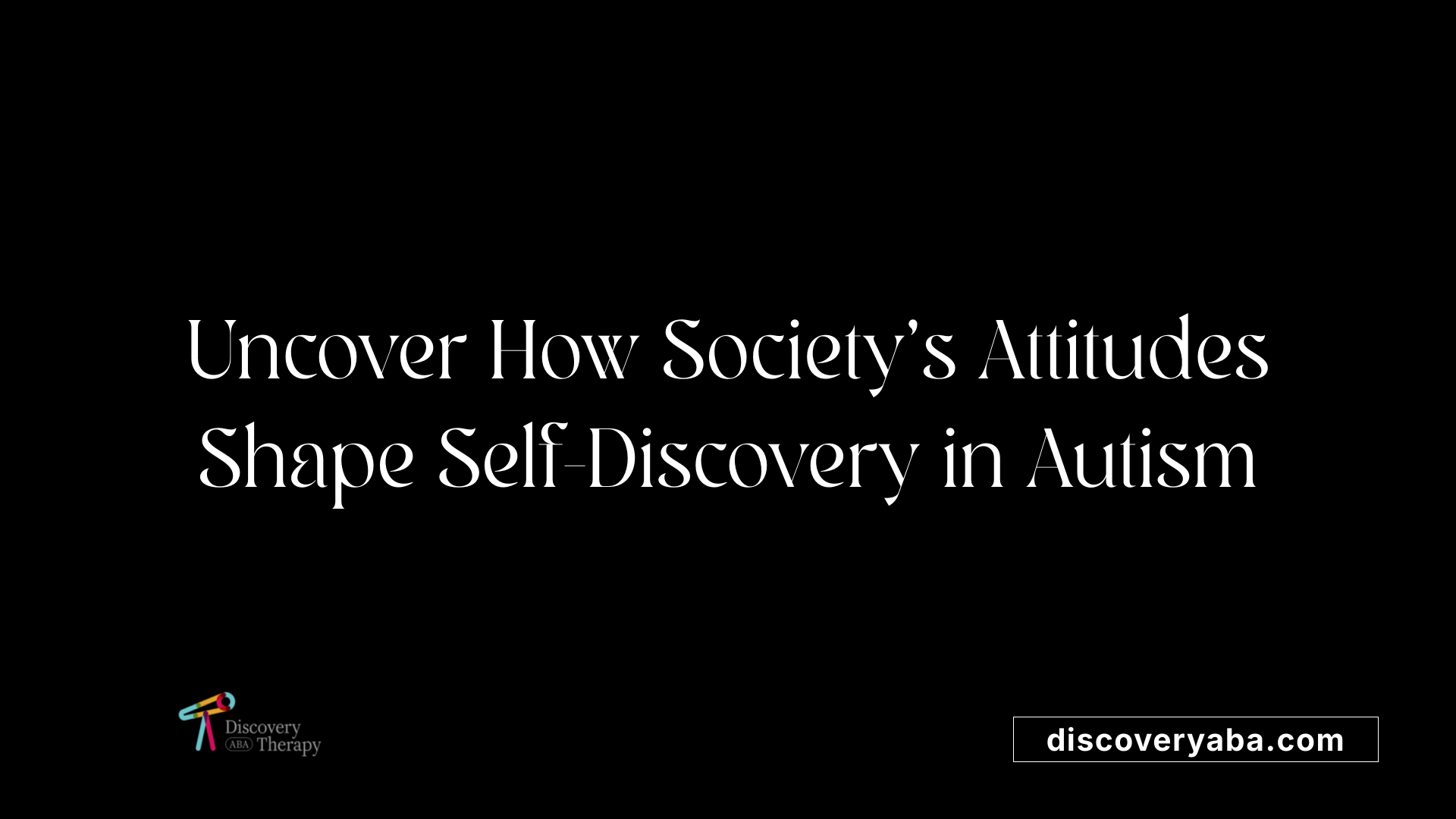
How do autistic people recognize their differences through reading and interactions?
Many autistic individuals become aware of their unique traits through personal reflection, experiences, and interactions within their communities. Signs like difficulty making friends, feeling uncomfortable in social situations, or struggles with communication often prompt self-awareness. Reading about autism can also help people identify their own behaviors and traits, especially when they find correlations between their experiences and descriptions of autistic characteristics.
Engaging with other autistic individuals provides a stronger sense of belonging and understanding. These interactions can reveal shared experiences, normalizing feelings of being different and fostering self-acceptance. Recognizing differences can lead to a journey of self-discovery, where individuals better understand their needs, strengths, and challenges.
How does societal misconception impact autistic individuals?
Society’s misconceptions about autism often create barriers for autistic people, influencing how they see themselves and how they are treated. Some misconceptions include the false belief that autism is caused by poor parenting or that autistic people are less capable.
Such misunderstandings can lead to stigma, discrimination, and social exclusion. Many autistic individuals may mask their traits to fit societal expectations, which can be tiring and affect their mental health. Societal attitudes thus act as a barrier, sometimes preventing autistic individuals from seeking diagnosis or support, and can impede their full participation in community life.
How does masking affect autistic well-being?
Masking involves hiding or camouflaging autistic traits to conform to social norms. It can involve imitating others, suppressing sensory sensitivities, or adopting behaviors that seem typical.
While masking might help avoid negative social reactions temporarily, it often comes at a personal cost. It can lead to exhaustion, feelings of isolation, decreased self-esteem, and mental health issues like anxiety or depression. For many, especially women who may mask more effectively, these behaviors make it harder to recognize and accept their true selves.
Understanding these aspects underscores the importance of societal acceptance. When society recognizes and respects neurodiversity, autistic individuals can feel freer to be themselves without the pressure to mask. This environment fosters genuine self-awareness, reduces mental health risks, and promotes a more inclusive community.
| Aspect | Description | Impact |
|---|---|---|
| Self-Recognition | Gained through reading, reflection, and social interactions | Builds understanding and acceptance |
| Societal Misconceptions | False beliefs causing stigma and discrimination | Impedes self-awareness and social participation |
| Masking | Hiding traits to adapt socially | Can cause exhaustion and emotional distress |
Advocacy for societal change involves educating the public about autism, challenging stereotypes, and promoting acceptance, so that autistic individuals can embrace their identity and thrive in diverse environments.
Autism in Females and Non-stereotypical Presentations
How does autism manifest differently in females?
Autism can present differently in females compared to males. While both can experience challenges with social communication and restrictive behaviors, females often display subtler signs. They may be quieter, more socially aware, and better at camouflaging their difficulties.
Females tend to hide traits like repetitive behaviors or intense interests, especially in environments where they feel pressure to fit in. This masking or camouflaging helps them blend into social settings but can also lead to emotional exhaustion.
What is masking and how does it affect autistic women?
Masking involves consciously or unconsciously hiding autistic traits by mimicking typical social behaviors. Autistic women often adopt subtle gestures, imitate others, or suppress behaviors that stand out.
While masking can help them avoid negative social judgments, it can also cause stress, anxiety, and feelings of isolation over time. Many women report that these efforts to blend in make it difficult to recognize or accept their autism.
Why is diagnosis more challenging for women?
Diagnosing autism in females can be more complicated because their symptoms are less obvious or differ from traditional stereotypes. Healthcare professionals might overlook signs because girls are more adept at camouflaging.
Furthermore, societal expectations often pressure women to behave in socially acceptable ways, which can conceal underlying difficulties. As a result, many women remain undiagnosed until adulthood, sometimes after years of feeling misunderstood.
In summary, autism in females often involves a subtler clinical picture marked by masking and social camouflage. Recognizing these differences is essential for providing appropriate support and ensuring that women receive an accurate diagnosis.
The Emotional and Relational Aspects of Autism
Do autistic people feel love?
Autistic individuals are capable of experiencing love just like anyone else. They feel a broad spectrum of human emotions, including deep affection, care, and attachment towards family members, friends, and romantic partners. Because of differences in communication styles, autistic people may not always express love in conventional ways such as through verbal affirmations or typical social gestures.
Instead, expressions of love can often be seen through actions—such as providing support, sharing interests, or being present in meaningful ways. This can include offering help during difficult times, engaging in shared activities, or simply being dependable. Recognizing their feelings of love requires understanding and appreciating these diverse ways of expressing emotional bonds.
How does empathy manifest in autism?
Contrary to some stereotypes, many autistic people have a profound capacity for empathy. While there is a misconception that autistic individuals lack empathy, research highlights that emotional empathy—feeling and sharing others’ emotions—is often strong in autistic people. The challenges often lie in cognitive empathy—the ability to interpret and understand social cues, facial expressions, or idiomatic language.
Empathy in autistic individuals tends to be more conditional and often directed toward those they are close to, such as family, friends, or other autistic individuals. Some may experience hyper-empathy, feeling overwhelmed by others’ emotions, which can lead to distress.
Conversely, difficulty in reading social situations or subtle cues can make it seem like they lack empathy—to outsiders or in unfamiliar contexts. It’s important to recognize that their empathy may be expressed differently and that emotional understanding can be very genuine.
Recognition of others’ thoughts and feelings
Awareness of others’ internal experiences, or theory of mind, varies among autistic people. Some are fully aware of others’ thoughts and feelings, actively working to interpret social interactions, while others might have limited insight or awareness. Signs like difficulty in making friends, discomfort in social situations, or challenges in understanding social cues can be indicators that an autistic person is aware of these differences.
Over time, many autistic individuals develop strategies or gain insight into their social differences, especially after receiving an autism diagnosis. This awareness can foster better self-understanding and improve their ability to connect with others, even if they interpret feelings and thoughts differently.
Understanding that love, empathy, and social awareness can manifest in various forms helps promote acceptance and respect for autistic individuals’ emotional lives. Their capacity for genuine emotional connection and understanding is present—though it may look different from neurotypical expressions.
Understanding Society’s Role and Supporting Autistic Individuals
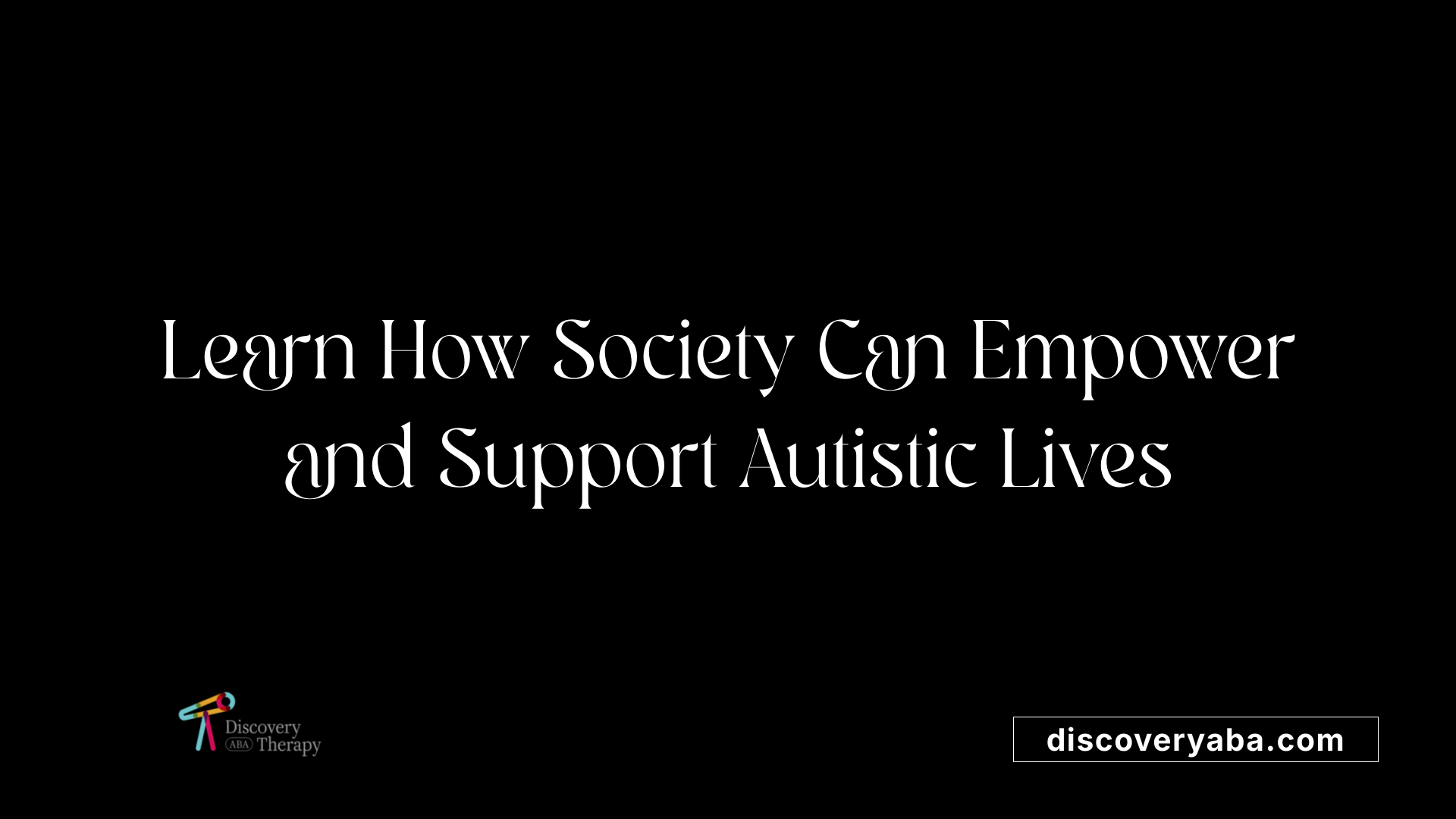
Are autistic people aware of societal barriers?
Many autistic people recognize that societal barriers significantly impact their daily lives. These barriers include misunderstandings of leurs behaviors, sensory overload caused by noisy or chaotic environments, and discrimination or prejudice from others. Such obstacles are often the source of challenges faced by autistic individuals, more than the neurological differences themselves. Being aware of these barriers is essential for fostering a community that offers support and inclusive opportunities. Recognizing society’s role in disabling condition highlights the importance of societal change alongside individual support.
Why acceptance and understanding matter
Acceptance involves recognizing autism as a variation in neurodiversity, not simply a disability to be fixed. When society appreciates differences in thinking, feeling, and communicating, autistic individuals can feel more valued and less isolated. Understanding helps reduce social stigma, encourages patience and open-mindedness, and supports successful interaction in various settings. For autistic individuals, being accepted means having the freedom to express themselves authentically and access necessary supports without fear of judgment.
Support options and community resources
Providing comprehensive support can dramatically improve quality of life for autistic people. Early intervention programs, including speech and occupational therapies, help develop essential skills from a young age. For older children and adults, therapies such as social skills training and cognitive-behavioral therapy (CBT) can assist with managing social interactions and emotional regulation.
Community resources play a vital role as well. Support groups, advocacy organizations, and local community centers offer social connection and information sharing. Workplace accommodations—like flexible schedules and sensory-friendly spaces—enable autistic adults to thrive professionally. Additionally, access to mental health services and specialized counseling helps address co-occurring challenges like anxiety or depression.
| Support Options | Description | Benefits |
|---|---|---|
| Early intervention programs | Targeted therapies for children with autism | Skill development, better adaptation |
| Speech & occupational therapy | Assistance with communication and daily skills | Increased independence, confidence |
| Social skills training | Teaching interaction techniques | Improved relationships, social understanding |
| Community groups | Peer support and shared experiences | Emotional well-being, social belonging |
| Workplace accommodations | Adjustments to support employment | Greater job retention, productivity |
| Mental health services | Therapy for emotional and psychological well-being | Improved mental health, resilience |
Addressing societal barriers and ensuring accessible, respectful support systems are fundamental steps in creating a more inclusive world for autistic individuals. Through understanding and proactive support, we can help autistic people lead fulfilling, self-empowered lives.
The Spectrum’s Diversity: Variability in Traits and Experiences
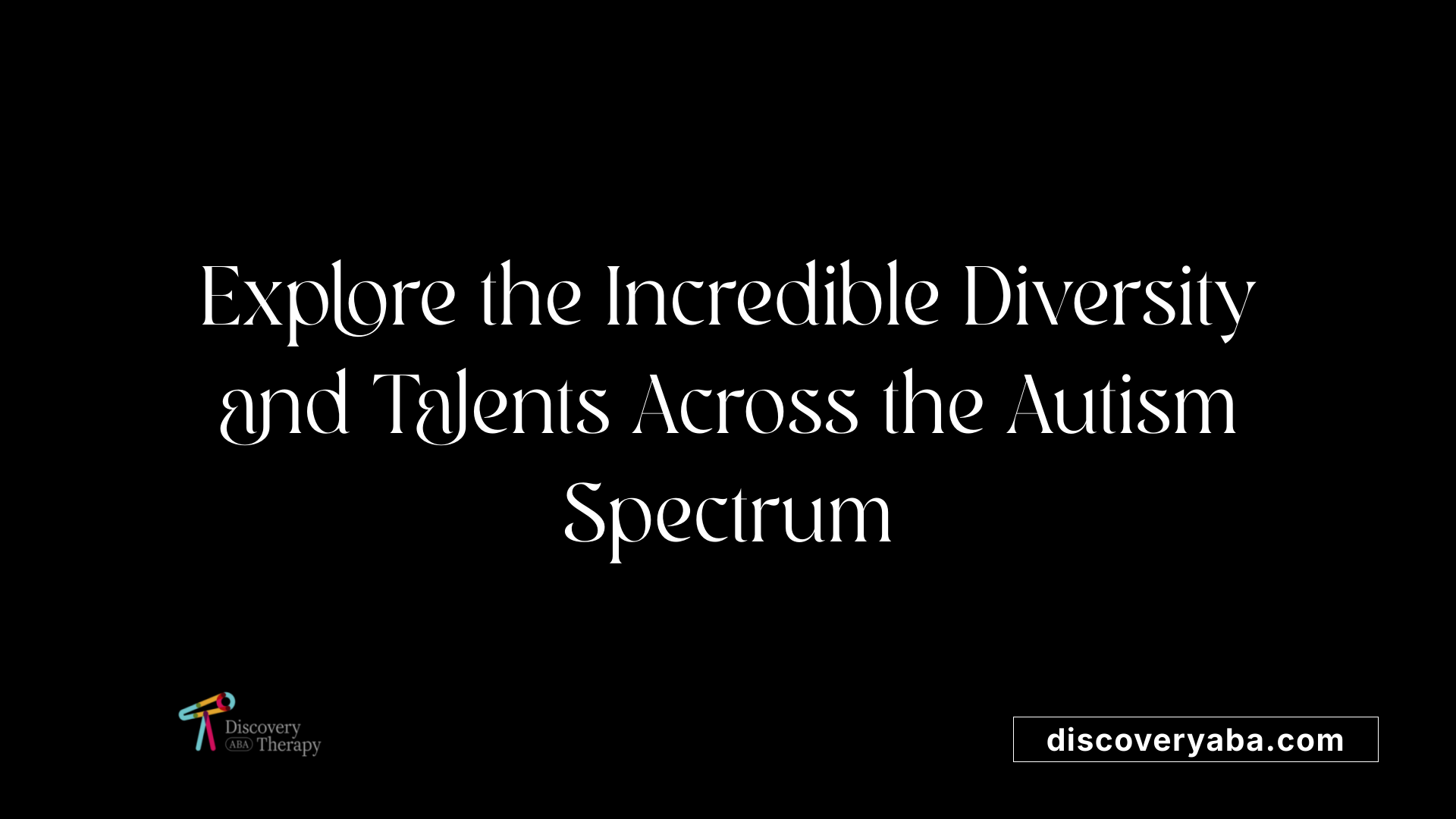
Do autistic people have high IQ?
Recent research indicates that a significant proportion of autistic individuals have an average or above-average IQ, with estimates suggesting nearly half of those with ASD meet criteria for above-average intelligence. Many autistic people demonstrate exceptional talents in specific areas, such as music, mathematics, or visual arts. This reflects the broad diversity within the autism spectrum, where intelligence levels can vary widely.
While some individuals on the spectrum may experience cognitive challenges, many possess remarkable skills and aptitudes. These strengths often align with their focused interests and repetitive behaviors, which can lead to expertise in particular domains.
How do autism's traits vary across the spectrum?
Autism manifests differently across individuals, making the spectrum highly diverse. Some autistic people communicate using speech, sign language, or various alternative methods, tailored to their needs and abilities.
Significant traits include differences in social communication, restricted interests, and repetitive behaviors. For example, some may prefer routines and engage intensely with certain topics, while others might be more adaptable. In addition, sensory sensitivities and social interactions can look very different from person to person.
What makes each autistic person unique?
Every autistic individual has a distinct set of strengths, challenges, and personality traits. This uniqueness means that two people with autism can have vastly different experiences. Many carry skills that excel in specific areas, such as detail orientation, pattern recognition, or creative thinking.
In society, this variety is celebrated as neurodiversity—highlighting that brains work in many different ways.
Can I be normal and autistic?
Yes, many autistic individuals lead fulfilling lives and function well within society. With the right support systems—like education, therapies, workplace accommodations, and community awareness—autistic adults and children can thrive.
The idea of being ‘normal’ varies from person to person, but the priority remains understanding and acceptance. Embracing autistic traits and leveraging individual strengths allows for meaningful, inclusive participation in all aspects of life.
More info: If you wish to explore further, search terms like “autism spectrum diversity IQ talents” will provide insights into how varied and vibrant autism’s range truly is. Understanding this diversity fosters greater acceptance and showcases the incredible potential within neurodivergent communities.
Celebrating Diversity and Increasing Awareness
Autism is a spectrum that encompasses a wide range of traits, abilities, and levels of self-awareness. While some autistic individuals are fully aware of their condition, others remain undiagnosed or unaware, often due to masking or societal misconceptions. Recognizing the signs, understanding the process of diagnosis, and promoting acceptance are vital steps in supporting autistic individuals to live authentic, fulfilling lives, whether they are aware of their autism or not.
References
Does Your Child Have An Autism Diagnosis?
Learn More About How ABA Therapy Can Help
Find More Articles
Contact us
North Carolina, Nevada, Utah, Virginia
New Hampshire, Maine
Arizona, Colorado, Georgia, New Mexico, Oklahoma, Texas
.avif)


